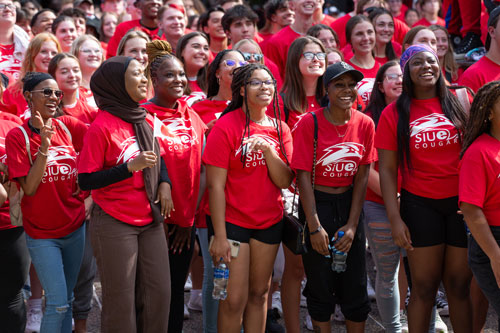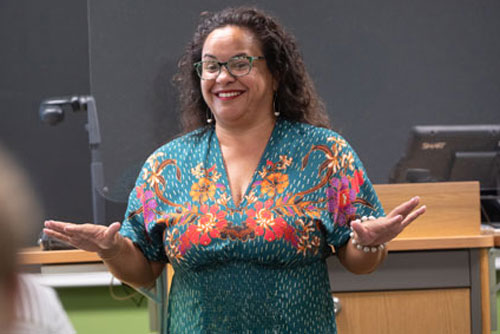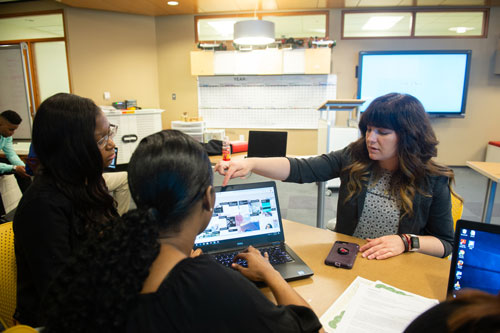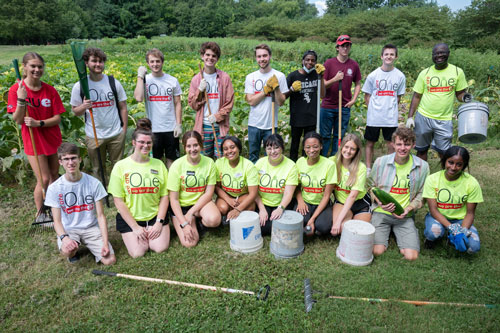Strategic Plan
Since 1957, Southern Illinois University Edwardsville has transformed the lives of its students who seek something greater. SIUE has established a strong foundation built on academic excellence and is creating social and economic mobility for individuals while also powering the global workforce.
In early 2019, a new strategic planning committee was formed to help SIUE define its future and build on successes. In 2020, the COVID-19 pandemic required immediate and extensive attention, presenting unforeseen challenges that temporarily slowed progress. SIUE’s strategic planning resumed in 2021, and a revised plan went into effect in September 2022. The plan will be valid until 2027.
Our bold and intentional steps will center on the following pillars and strategic goals:
















